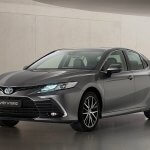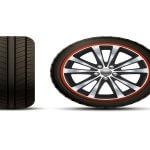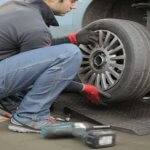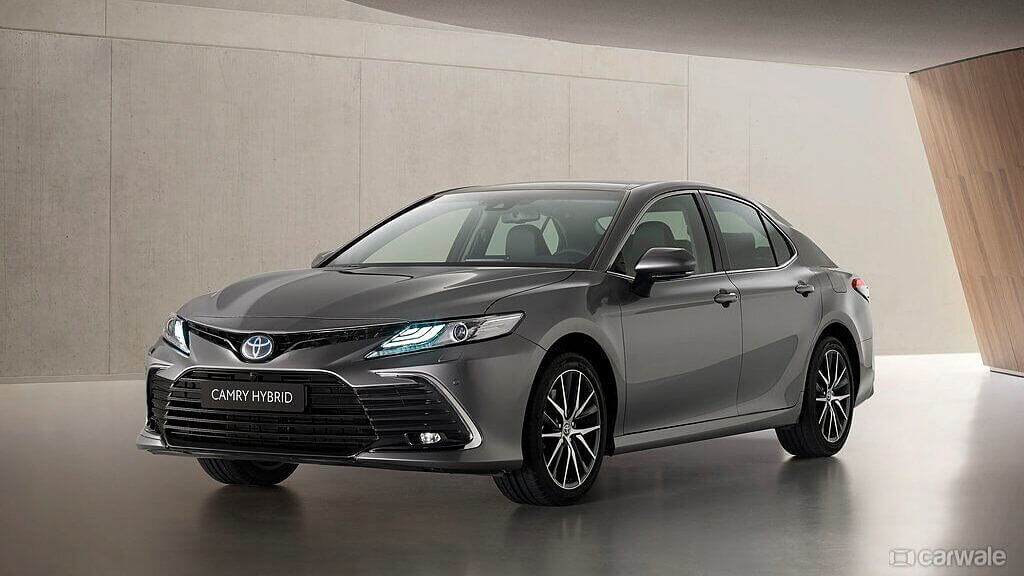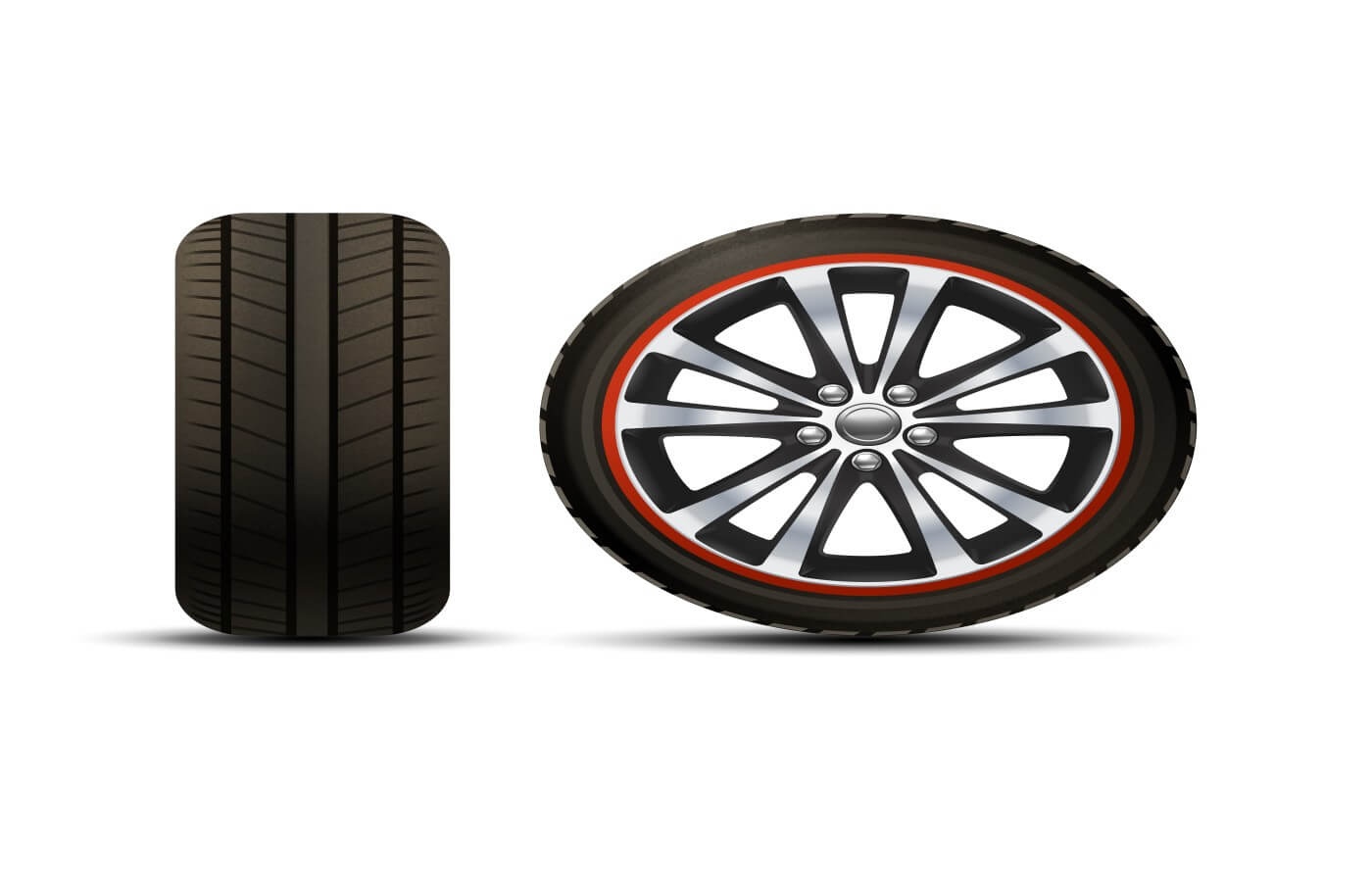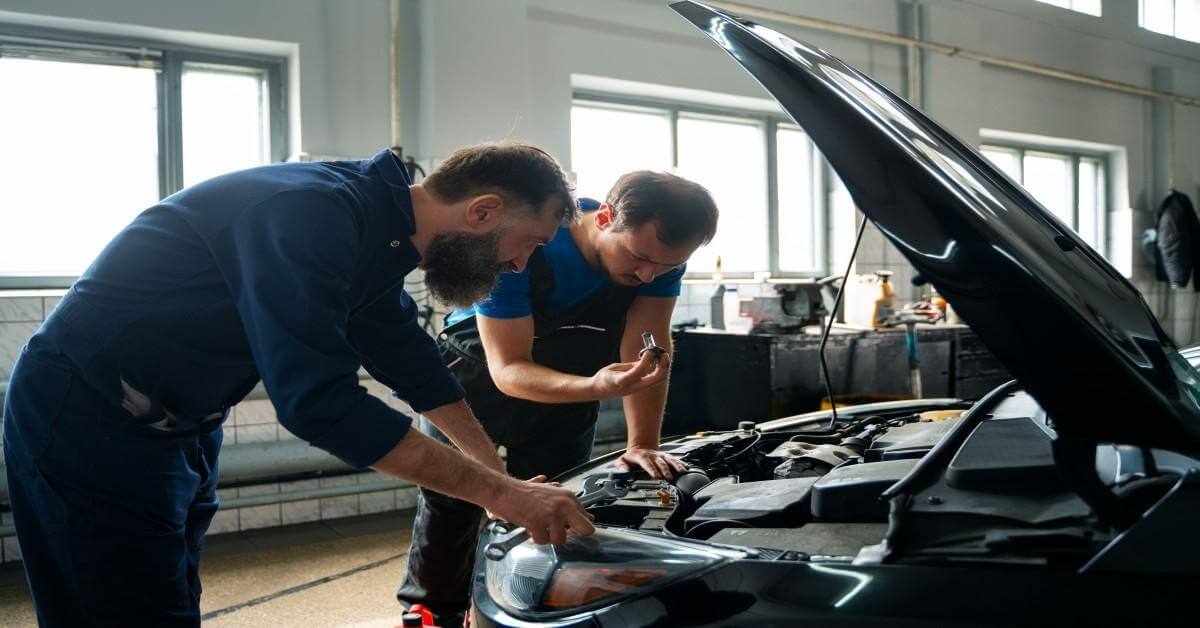Before defining torque steer, let’s first quickly understand what torque means. Torque is the measure of force that can cause an object to rotate about an axis. Force here coming from the engine and the rotating object being the wheels. So basically, it is the power transferred to the drivetrain by the engine that moves the wheels forward.
Now let’s come to the problem of torque steer. Torque steer is a phenomenon occurring particularly in front-wheel drive cars. It is when the power delivered to the two wheels does not gain adequate traction due to disruptions in distribution.
Table of Contents
Why This Problems With Front Wheel Drive
The Indian auto market is dominated by front wheel drives. Some of the most popular cars in India like the Maruti Suzuki Alto, Hyundai Verna, Honda City, are all front wheel drives and so this problem quite possibly has affected all Indians at some point whether you realize it or not.
Because your drivetrain is moving and steering the vehicle at the same time it is normal for power to be adjusted differently on a turf with less traction.
This issue mostly affects front wheel drive cars, causing the steering to pull in one direction or another. Depending on the power output of the vehicle this can be a minor pull to a startling and sharp veering motion that needs concerted effort to correct.
What Causes Torque Steer?
There can be few different reasons for torque steer to occur. Torque steer can be due to a variety of things including a poor or losing traction between the driving wheels, underinflated tyres, tyre conicity or even misalignment can impinge on a car’s ability to zip ahead in a straight line.
Most commonly experienced cause of torque steer in front wheel drive cars is a transversely mounted engine. Such types of cars usually have the engine, transmission and differential all mounted in a single place – the engine bay.
It happens when the differential and transmission hang over on one side of the engine.meaning, the half shafts are in discordance, delivering more power to one wheel over the other.
The problem can be compounded during sudden acceleration as the car rocks backwards, shifting weight off the drive wheels, decreasing downforce and causing the wheels to spin.
Anyone with a front wheel drive car who’s made a bit of a daring manoeuvre at a T-junction will no doubt have experienced that sickening feeling when you attempt to pull away and the wheels fight for grip at the exact wrong moment.
Rear wheel drive cars rarely experience torque steer because the design of the engine, differential and transmission are linear which means the half shafts are of equal length.
Can Torque Steer Be Minimized?
Just by the virtue of being a front wheel drive there is no way to completely prevent torque steer from occurring. If conditions have it, you will experience some vibrations while driving.
However, it can be minimized by programming the drivetrain to restrict the transfer of power to the wheel until the vehicle gains sufficient traction and downforce by using various types of differentials.
Another way torque steer could be minimized is by programming the wheels to detect torque steer and slow down.
Or, you could try to avoid such a situation by accelerating slowly on a precarious turf.
So then why is FWD So Popular In India?
Though there are certainly more drawbacks in the front wheel drive system compared to other drivetrains, it is quite loved in India Here are some of the reasons why they are so popular.
MILEAGE
One of the prime reasons for fwd’s popularity is better mileage. Generally, FWD delivers more bang for your buck by the quality of being lighter. Indeed, weight has a direct impact on fuel economy, which puts another plus in this particular column.
Front Wheel Drive is typically assembled in a way which sees axle assemblies and transmissions joined as opposed to separated, thus reducing the load. This helps with mpg and is one of the key reasons why most economy cars are of this variety.
COMFORT AND CAPABILITY
FWD also affords greater space and with-it greater comfort. By encompassing all the major equipment up front, those in the back benefit from newfound leg room. More cargo can also be packed into the cabin, always a bonus.
But what of driving capability? Do not underestimate the front wheel, which boasts better traction and stands up to trying weather conditions.
Rear wheel drive naturally sees the wheels push the car forward. By contrast the front wheel pulls the vehicle and can dislodge it from some pretty ugly scenarios, many involving snow. A better grip is achieved courtesy of the transaxle’s placement – its forward leaning weight allowing for greater purchase.

